SUMMARY
This is AI generated summarization, which may have errors. For context, always refer to the full article.
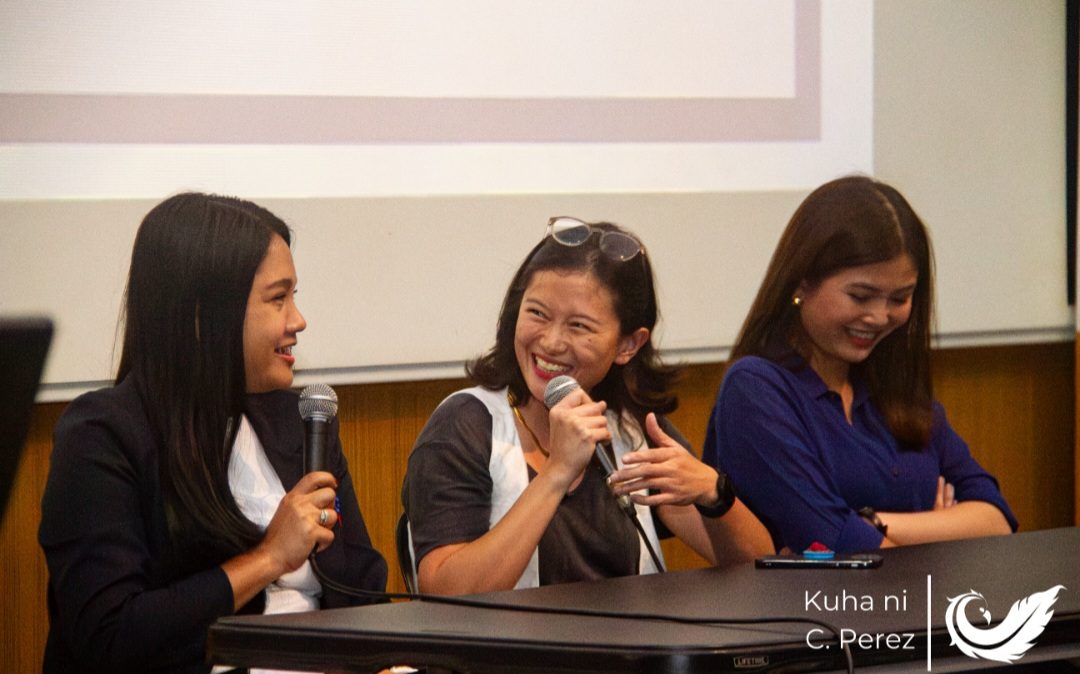
QUEZON CITY, Philippines – Amid the whirlwind of challenges and the changing media landscape in the Philippines, a silent revolution is underway. Women journalists, often overlooked and underestimated, are emerging as the driving force behind the industry’s evolution.
From Rappler’s community lead Pia Ranada to ABS-CBN News’ senior reporter Victoria Tulad, and GMA Integrated News’ senior news correspondent Athena Imperial, these trailblazers are not just reporting the news; they’re rewriting the narrative of what it means to be a journalist in a male-dominated field. Their stories are not just about breaking news; they’re about breaking barriers.
The journalists shared their experiences as women working in the industry with students at a forum organized by the Matanglawin Ateneo, the official student publication of Ateneo de Manila University (ADMU), on Monday, March 11.
The journalists emphasized how newsrooms in the country are mostly led by women today, which has helped establish gender equality in the workplace when assigning beats and covering stories.
“Newsrooms are still female-dominated, which goes to show that women are truly capable of leading and being leaders in an environment that is super hectic and super stressful,” Tulad said.
For Ranada, who is now among Rappler’s leaders, the positions of power for women and among their employees have been maintained throughout the years, even amid organizational management transitions.
“The majority are still women, so that’s a good trajectory. Not only women but also LGBTQIA+. Actually, combined, we really overshadow the males in the newsroom,” she said.
Describing the beats they covered throughout the years regardless of gender roles, Imperial and Tulad said they were among the frontlines in covering the drug war, while Ranada said she had been Rappler’s “storm chaser,” covering the aftermath of typhoons and earthquakes.
Misogyny is alive
While newsrooms have mostly established gender equality, the women journalists recounted that this has not been the case in their daily experiences when covering stories in the government and police, as these environments have been said to be filled with “DOM” (dirty old men).
Ranada, who was Rappler’s Palace reporter during the Duterte administration, recalled the stark difference in treatment between male and female reporters by politicians and government officials.
She said some officials tend to compliment her appearance before answering her questions during live press conferences. Yet, these compliments are not emphasized when the officials speak to male reporters.
Imperial, meanwhile, said she once fought back against a police chief for his inappropriate physical touches despite numerous attempts to deflect it.
“I really confronted [him], and then I made sure the crew heard, ‘Sir, you’ve been touching me as if I didn’t notice?’ ‘Hahaha,’ he laughed. ‘No, really, Sir, you’ve been doing it since earlier!” she said in Filipino.
The journalist said her fellow reporters had to ease the tension by moving her back to the crew cab, where she asked the desk to not assign her again to the police station involved because of that disturbing encounter.
According to Tulad, some sexist remarks posing as friendly banter can still slip through in the newsroom, which makes women uncomfortable. But she said she lets these instances pass because she knows they’re mostly not meant to harass them as female colleagues.
Based on passion
With women being newsroom leaders and the faces of mainstream media, they advised students that one’s potential to practice and thrive in journalism is seen based on their passion for their job, rather than one’s gender.
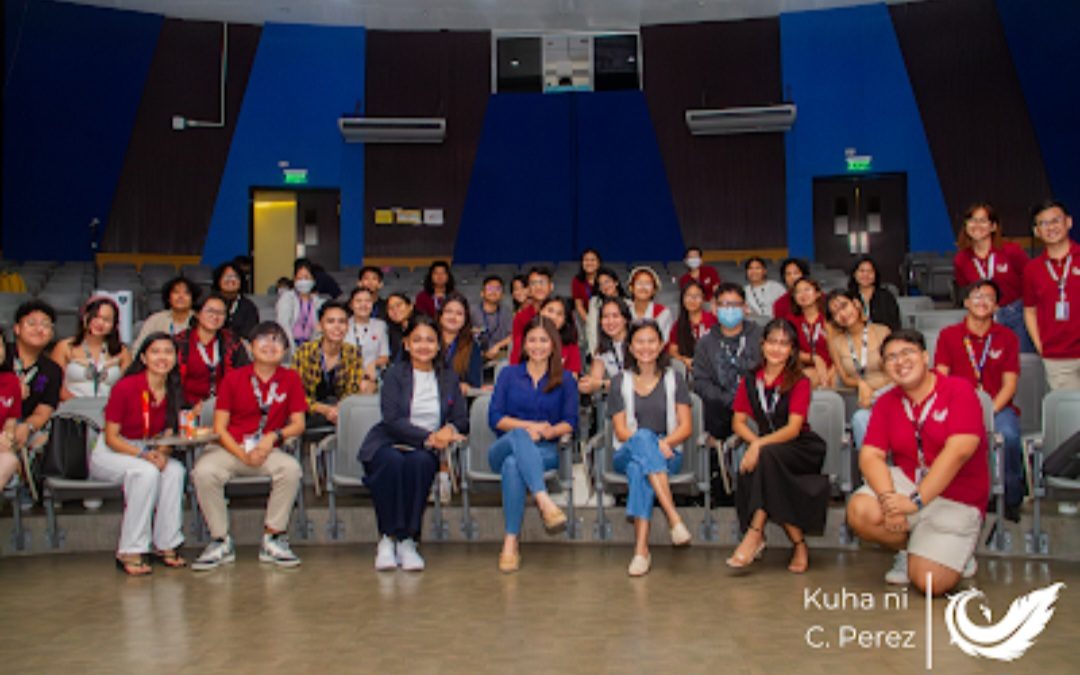
According to Imperial, aspiring journalists should consider how much their lives will be devoted to their line of work, as they are expected to work even during holidays.
“Think it through because I always say that your life is at stake, especially when you’re given a story. You shouldn’t refuse it because that’s what you were assigned,” she said.
Furthermore, Tulad told the students that it is up to themselves – especially women – to pave their respective paths, as long as they don’t let others limit their potential and capability.
“Don’t think that you’re just a woman. You are a woman. You can do whatever you want. Don’t let others limit you, no matter what industry you enter or the path you take. Just trust in yourself that you can reach your dreams. At the end of the day, you’re the one who will pave the way for yourself,” she added. – Rappler.com
Lance Arevada is a campus journalist at the Ateneo de Manila University. He is the managing editor of Matanglawin Ateneo, and also an Aries Rufo Journalism fellow of Rappler for 2023-2024.
1 comment
How does this make you feel?
![[OPINION] Unpaid care work by women is a public concern](https://www.rappler.com/tachyon/2024/07/20240725-unpaid-care-work-public-concern.jpg?resize=257%2C257&crop_strategy=attention)


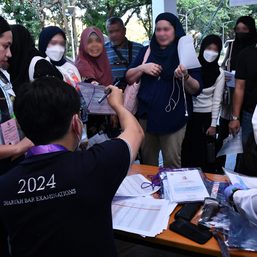

![[DECODED] The Philippines and Brazil have a lot in common. Online toxicity is one.](https://www.rappler.com/tachyon/2024/07/misogyny-tech-carousel-revised-decoded-july-2024.jpg?resize=257%2C257&crop_strategy=attention)

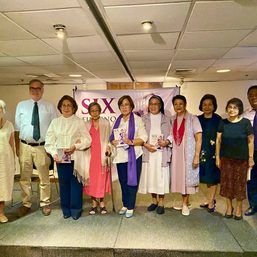


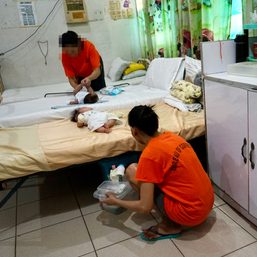
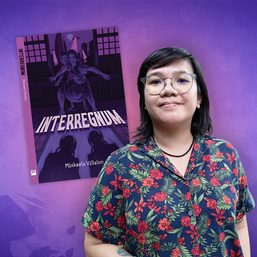
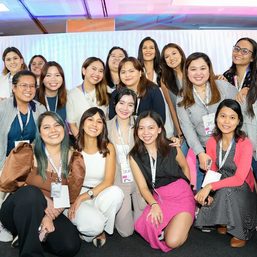
I appreciate the contribution of women journalists in the Philippine media. Excellent work, and do keep it up.